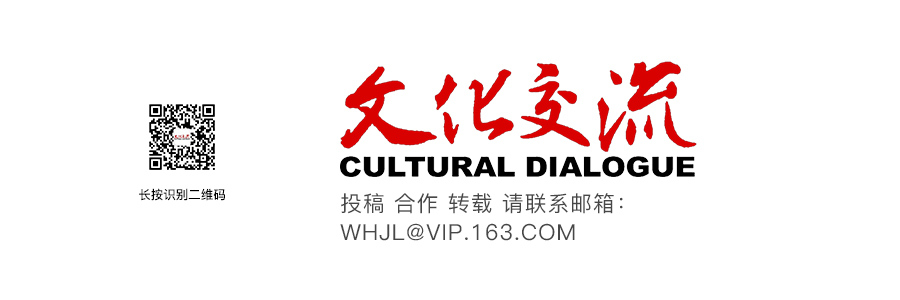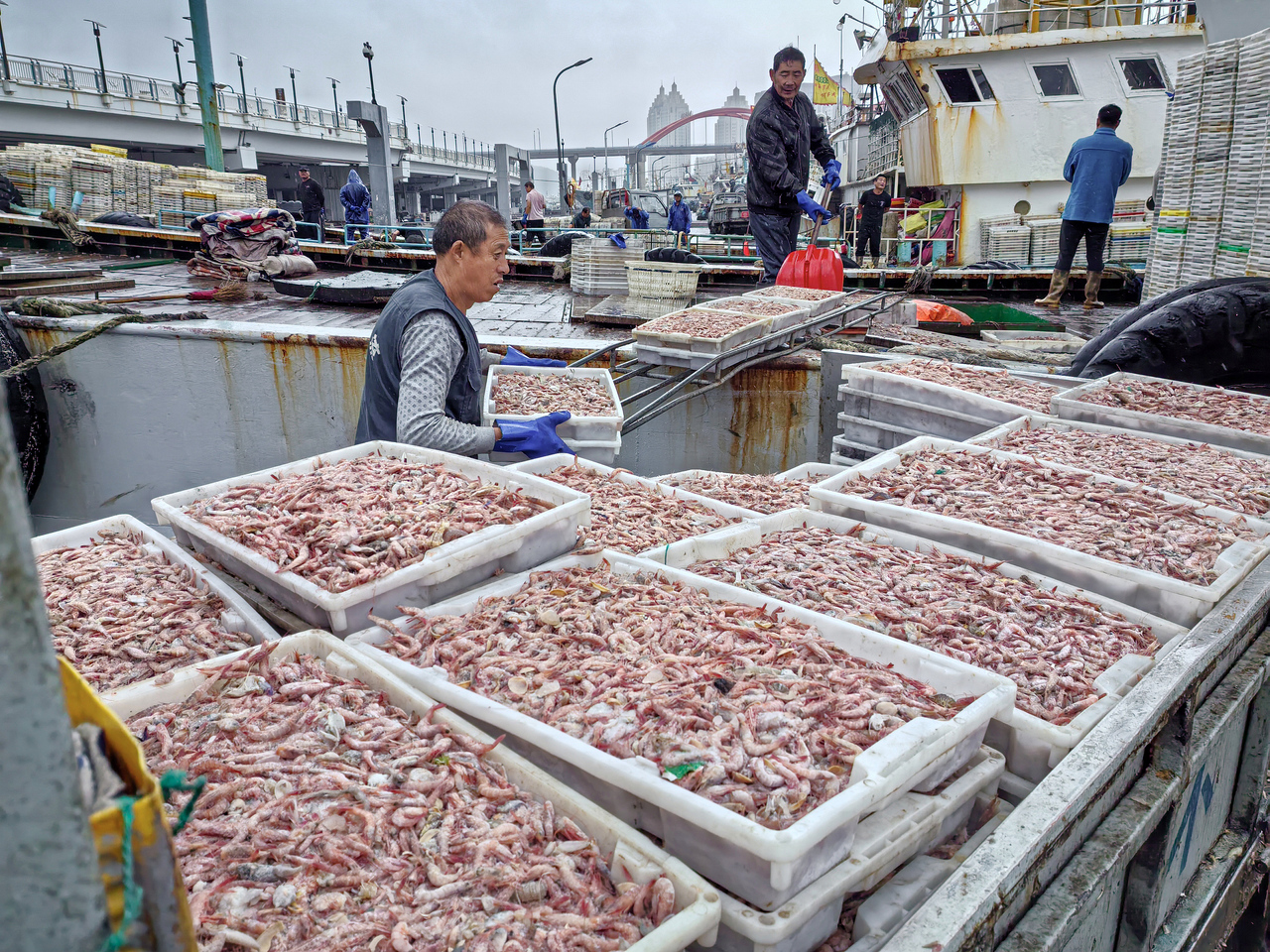岁末年初,古代文人常取一些时令花草蔬果、金石器玩、吉祥物什,参差错落地摆上案头,成为屋中一景,这被称为“岁朝清供”,可供观赏、把玩。
精心挑选的“清供”,有些因名字的谐音讨个好彩头,表达对来年的祝福和祈愿。比如百合、柿子、灵芝,寓意“百事如意”;玉兰、海棠、牡丹,寓意“玉堂富贵”等。
作家周瘦鹃写过,每到除夕夜,万人空巷,人们一游花市,直到第二天早晨才散,“他们不吝解囊,买些心爱的花草回去,作为岁朝清供。”
“清供”,本是文人的雅事,不同岁时有不同讲究。后来落入日常生活,成了节日的固定搭配,什么节日用什么花、木、石、果,都要精心布置。
如今,“岁朝清供”中的金石古玩并不常见了,但“供花”的习俗依旧延续下来。
唐花,南宋的“大棚种植”
如今,大棚种植已经是非常平常的农业技术。可是在古代,四季分明的地区,如何培植一盆春节时开得正好的年宵花呢?这里就要说到“唐花”了。
唐花,并不是指唐朝的花,而是“堂花”“煻花”的别称,意为增加温度促使植物提早开花,类似于今天的大棚工艺。因“唐”在字面上更为古雅,故称“唐花”,它是南宋杭州人首创的植艺。在今天杭州市区的马塍路一带,南宋的花农创造了这一独特的技术。
现北京中山公园内有一座雁翅形的建筑,名为“唐花坞”,得名即源于此。唐花工艺的成熟,让牡丹、芍药、碧桃、探春等,都早早地出现在市面上,不但用于案头清供,还被当成贡品。
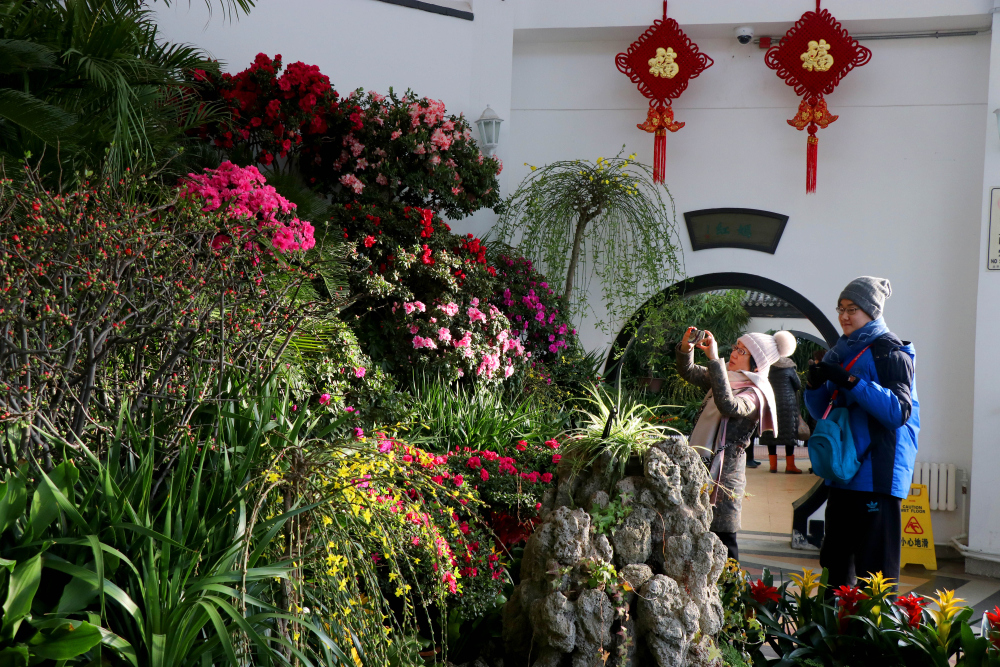
这种始于杭州的技术一直流传下去。元明清的很多书中,都有对唐花术的记载,它还盛行于明清时的北京,当时右安门外的草桥,就是唐花的烘开催放之地。因为这一技术,新年里,人们持花相赠,或家贮自赏,对于传统的塑造和风行,作出了极大贡献。
自宋元开始,“岁朝清供”就是历代画家非常喜欢的创作题材,近代的创作尤为鼎盛。吴昌硕画了很多《岁朝清供图》,他在其中一幅作品中说,除夕在案头画花,“采故人所作岁时之物之迁流也”。有一年除夕,他一个人呆在家里守岁,自嘲“呵冻作画自娱”。
抗战时期,周瘦鹃避居在皖南一个小山村里。恰逢春节,他就找了一只长方形的紫砂浅盆,“向邻人借了一株绿萼梅,再在山中掘得稚松、小竹各一,合栽一盆,结成了岁寒三友”。
汪曾祺也写过同题作文,一支淡远的笔,便把除夕的花花草草说明白了。他曾见过一幅旧画:一间茅屋、一个老者手捧一个瓦罐,内插梅花一枝,正要放到案上,题为——山家除夕无他事,插了梅花便过年。
这是对岁月流转的一份郑重。
水仙,古代文人的最爱
要说到民间最为流行的年花,无论东西南北,水仙一定榜上有名。花色素洁,清香宜人,清供几案,十分典雅,而且只要提前一个月雕刻水仙球,水仙花便可在春节如期开放。
老舍先生在《北京的春节》里提到:“从腊八起,铺户中就加紧地上年货……卖水仙花的等等都是只在这一季节才会出现的。”
南方人也是如此,一到除夕,常在窗前摆一盆水仙。杭州作家张抗抗在写年事的文章里记得很清楚,她说这才是大日子里的“小日子”。
水仙是一种难得的“倒时差”的花卉。
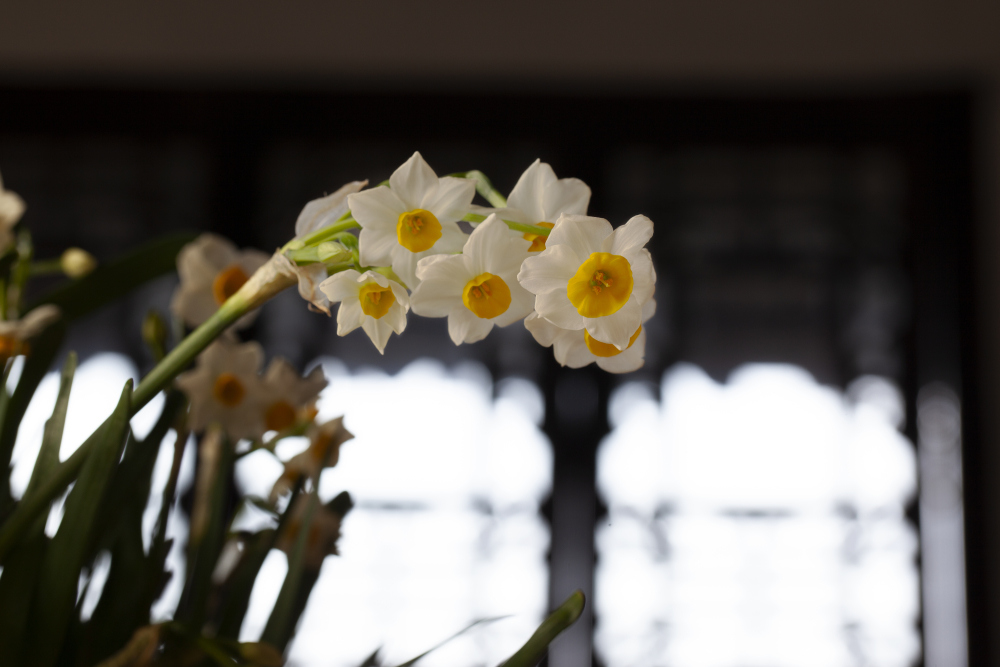
春节来临之际,万花凋谢,而水仙却迎寒而开,给家家户户添得一派喜气。
水仙的鳞茎形似大蒜,六朝人喜欢把它称呼为“雅蒜”,又因为它的茎秆细长中空,宋代人还把它叫作“天葱”。水仙的花有六瓣,花瓣洁白如玉,花心金黄,紧合如盅,宋末又得名“金盅银台”“玉玲珑”。《长物志》里说,把水仙养在盆里,或者种在松竹、古梅间,极为雅致。
诗人常把冰清玉洁的水仙比作不染俗尘的仙子。黄庭坚的这首诗写得很美:“凌波仙子生尘袜,水上轻盈步微月。是谁招此断肠魂,种作寒花寄愁绝?”
清代才子李渔也是水仙的“死忠粉”,自述“水仙一花,予之命也”。他是金华兰溪人,为了每年能看到水仙,还把家搬到了南京。有一年春天,穷困潦倒,连过年的钱都没了。家人劝他,就别买水仙了,少看一年也没什么。他一听,脾气就上来了——你这不是要我的命吗?“宁短一岁之寿,勿减一岁之花”,最后他捧着玉耳环典当,欢欢喜喜地买水仙去了。
水仙,不仅是诗人再三吟诵的对象,也是画家笔下的爱物。“扬州八怪”之一的李鱓(音同“善”),也画过一株水仙,绿叶修长挺拔,托着金盏银台,孤傲清冷。没想到他画笔一转,居然在水仙花下配上了几颗白花花的大蒜,题款更是妙趣横生:“同是蒜也,有雅俗之分焉。”艺术家的小玩笑,是在寻常生活中偶得的一种乐趣。

故宫博物院研究员朱家溍的女儿朱传荣,在新书《父亲的声音》中提过几笔朱家的年趣,跟水仙有关。一进腊月,他们家就开始一早一晚照顾盆中的水仙了,还从王世襄先生那里学来了养水仙的小技巧:“白天加满水,放外边窗台晒太阳,晚上倒干净水再进屋,不能嫌折腾。这样养一个月,所有的花箭子都能长出来,花在上,叶子在下。壮而绿,不疯长。”
(本文图片提供:CFP)
“Qinggong”, the Chinese-style Art of Life For New Year
The tradition of New Year qinggong, that is, decorating the house with carefully selected bibelots, such as fruits, stones and flowers, to celebrate the New Year, has a history dating back to the ancient times of China. The items are selected for their strong ornamental property, and sometimes for their homophonic effects that indicate auspicious meanings in traditional Chinese literati culture. For example, arranging lily flowers and persimmons together to decorate the table is suggestive of the Chinese pronunciation of “May all go well with you”.
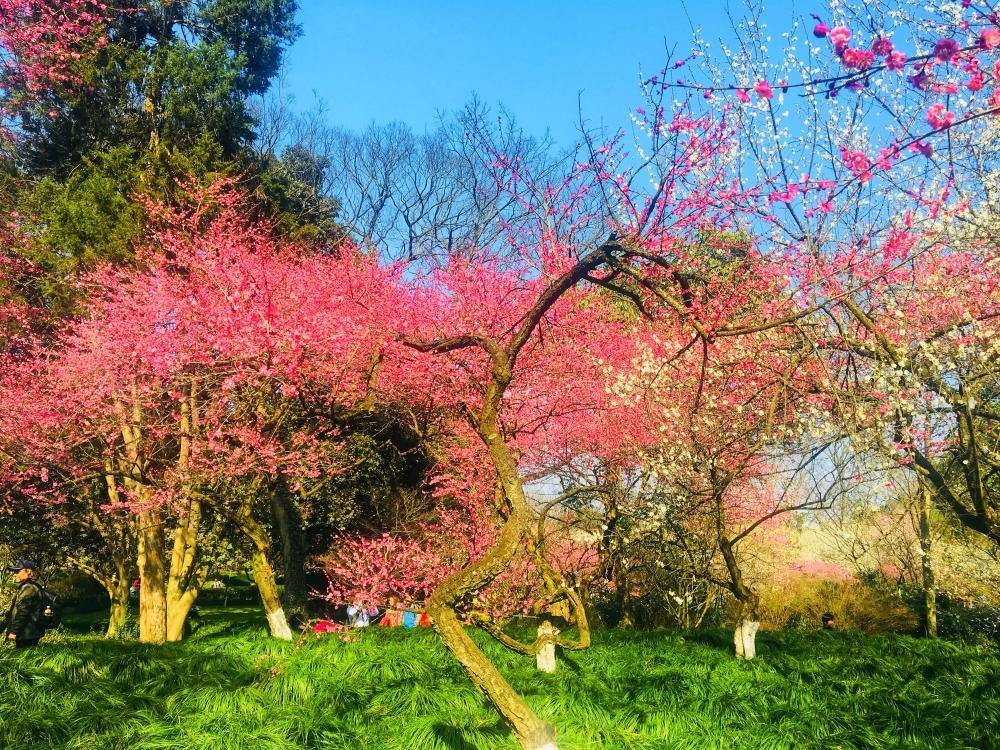
“The bustling scene at the New Year’s flower market started from the New Year’s Eve and lingered till the next morning,” said Zhou Shoujuan (1895-1968), a Chinese novelist, screenwriter, literary editor, and English–to-Chinese literary translator also known by his English name Eric Chow, in his recollection of the qinggong tradition of his hometown. Staying away from chaos and disasters for years during China’s resistance war against Japanese aggression in an outlying village in southern Anhui Province, he found immense solace from his New Year qinggong creation – a pot of bamboo, pine and plum, which he fondly called “three sweet companions of winter”.
The fastidious nature of qinggong has been simplified, but flowers remain a convenient source of material for people today to relive the refined interest and aesthetic mood of old-time Chinese literati.
In the Southern Song (960-1127) when greenhouse technology was far from commonplace, flower growers living in present-day Hangzhou invented qinggong, literally, “flowers of the Tang Dynasty”, a planting technology that accelerated flowering to meet the New Year festival needs of people. The name, however, is quite misleading, because the invention had nothing to do with the Tang.
The originators of the technology, which had come down through the years, lived in what is called the Mengcheng neighborhood of Hangzhou today. The “Tanghua” custom caught on in present-day Beijing during the Ming (1368-1644) and Qing (1644-1911), and is mentioned in many books written during this period. In the heyday of the tradition, Caoqiao (near You’anmen) was the most famous floral cultivation base in Beijing.
Qinggong became a favorite motif of the creation of painting artists in the Song (960-1279) and Yuan (1279-1368). An outstanding representative of the tradition’s modern-day variation is Wu Changshuo (1844-1927), whose qinggong collections vividly depict the refined, empathetic sentiments of Chinese literati.
Contemporary Chinese writer Wang Zengqi (1920-1997) described the nondescript sentiments of New Year qinggong in one of his essays that recall how his heartstrings were touched by a literati painting he chanced upon. “It takes only a wisp of refreshing fragrance of one wintersweet stem to light up the New Year’s Eve in a thatched cottage,” he wrote. In a sense, such an unadorned way of flower arrangement is a perfect match to the beauty of the lapse of time.
A most popular qinggong option is narcissus, or commonly known as daffodil. The perennial plant that produces conspicuous flowers with six petal-like tepals has long been celebrated in Chinese art and literature as a symbol of spring, purity and wealth. In the Chinese culture, it is widely used as an ornamental plant because it can be grown indoors and blooms in the coldest days of the year. Spring-flowering, they are associated with Chinese New Year, signifying good fortune, prosperity and good luck; and there are many legends in Chinese culture associated with narcissus.
The garlic-shaped, brown-skinned ovoid bulb of daffodil was nicknamed by people living in the Six Dynasties as qinggong (literally, “elegant garlic”). People of the Song times of China called the slim, hollow flower stems “tian cong” (meaning “heavenly shallot”). The artistry of flower arranging using daffodil together with other plants is explained in great detail in , written by Wen Zhenheng in the Ming Dynasty.
In the eye of Northern Song poet, Huang Tingjian (1045-1105), the beauty of the flowers, white or yellow, sometimes both or rarely green, consisting of a perianth of three parts, was “as pure as jade”.
One of the hard-core fans of daffodil is Li Yu (1611-1680), who loved this flowering plant so much that he moved to Nanjing just to be able to see the blooms every year. In his down-and-out years when there was nothing in the pot to feed the family, he took his jade jewelry to the pawn shop and came home with a pot of daffodil. “I’d rather cut short my life than go without the blooms for one year,” he announced.
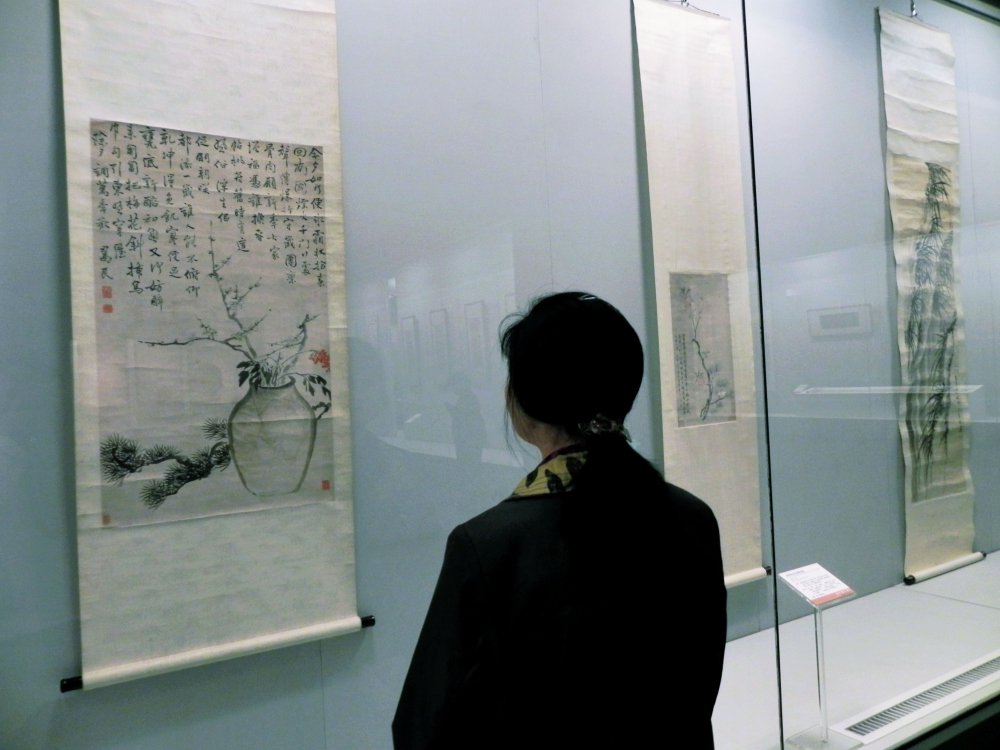
Qing painting artist Li Shan (1686-1756), one of the “Eight Eccentrics of Yangzhou”, was noted for his portrayal of narcissi. The juxtaposition of daffodil flowers together with several cloves of garlic sparkles with wit and humor, and the good mood of the man is so self-evident that it needs no elaboration.
